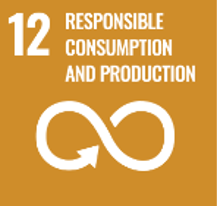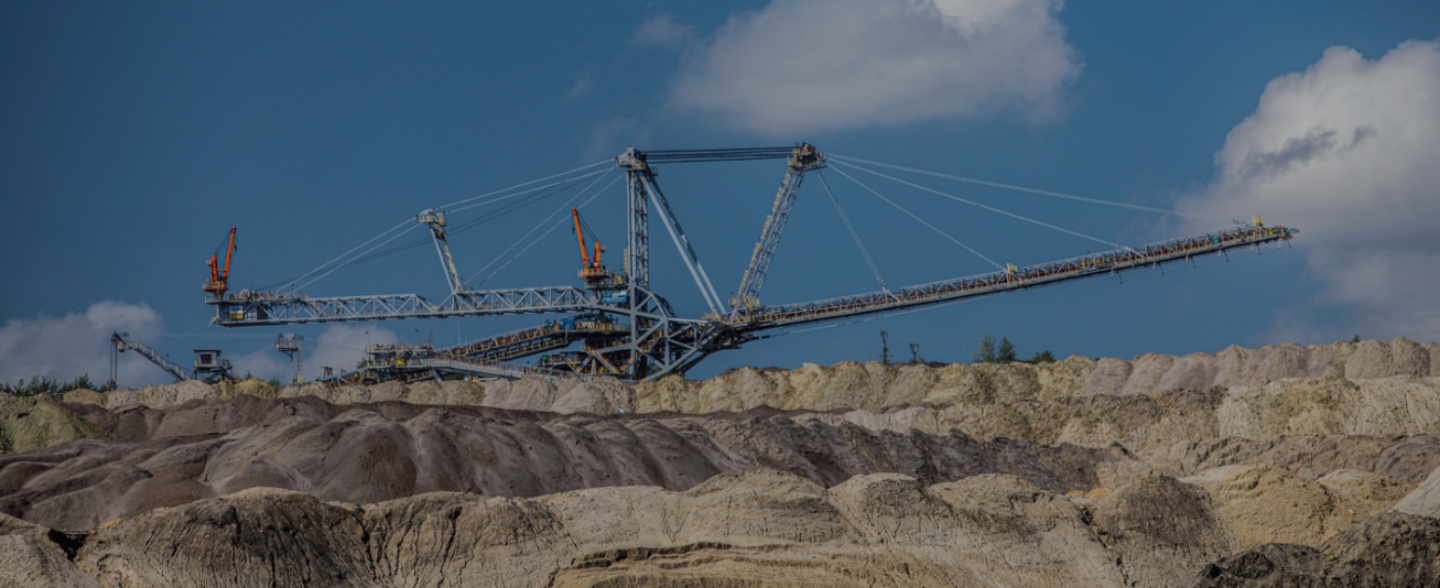-
306-2
-
103 (306)
Priority for us is given to preventing and reducing waste, carrying out recovery or disposal of waste. All waste is collected in accordance with the rules of waste segregation and is initially stored in designated areas.
We adapt in advance to new waste management requirements and implement emerging obligations on an on-going basis. Waste management at PGE Group is carried out on the basis of relevant administrative decisions, i.e. integrated permits and sectoral decisions.
Secondary raw materials are collected selectively for further economic use. All waste is transferred for management to authorised entities. Only two types of waste that are not suitable for further use are sent directly to landfill.
Starting from January 1, 2020, PGE Group companies actively participate in the national waste database system and perform all their obligations in this respect on an on-going basis. This has made it possible to develop an effective tool for all participants in the waste management process in the companies’ branches.
The volume of hazardous waste generated is decreasing every year. On the scale of the entire PGE Group, a reduction by approx. 14% is observed in 2021 compared to 2020. Particularly noteworthy is the intensified activities in recovery processes (including energy recovery) for non-hazardous waste. PGE Group recovered approx. 59% more waste of this type than in 2020.
Waste in conventional energy generation
In conventional energy generation, it is imperative that as much of the waste and combustion by-products generated are managed economically as possible within the circular economy. Only when no use is possible is the waste landfilled.
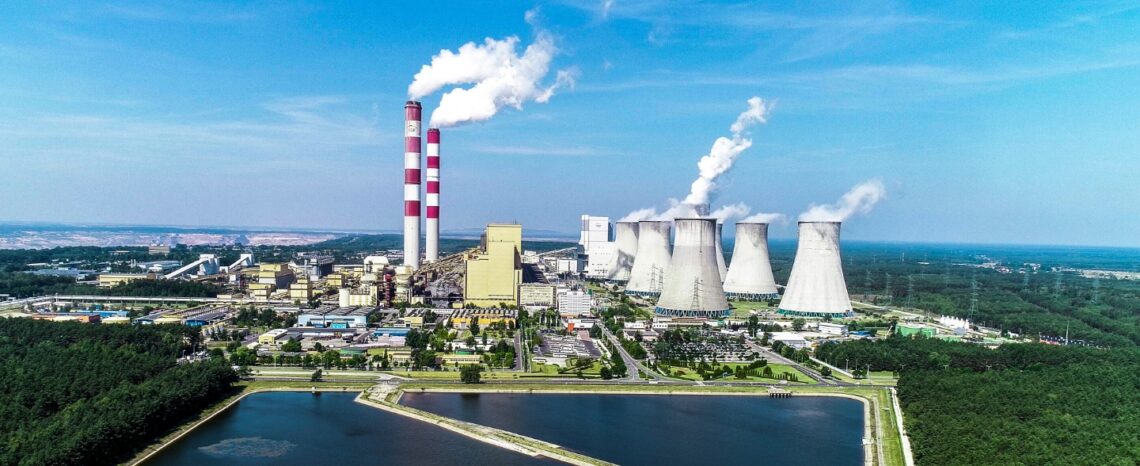

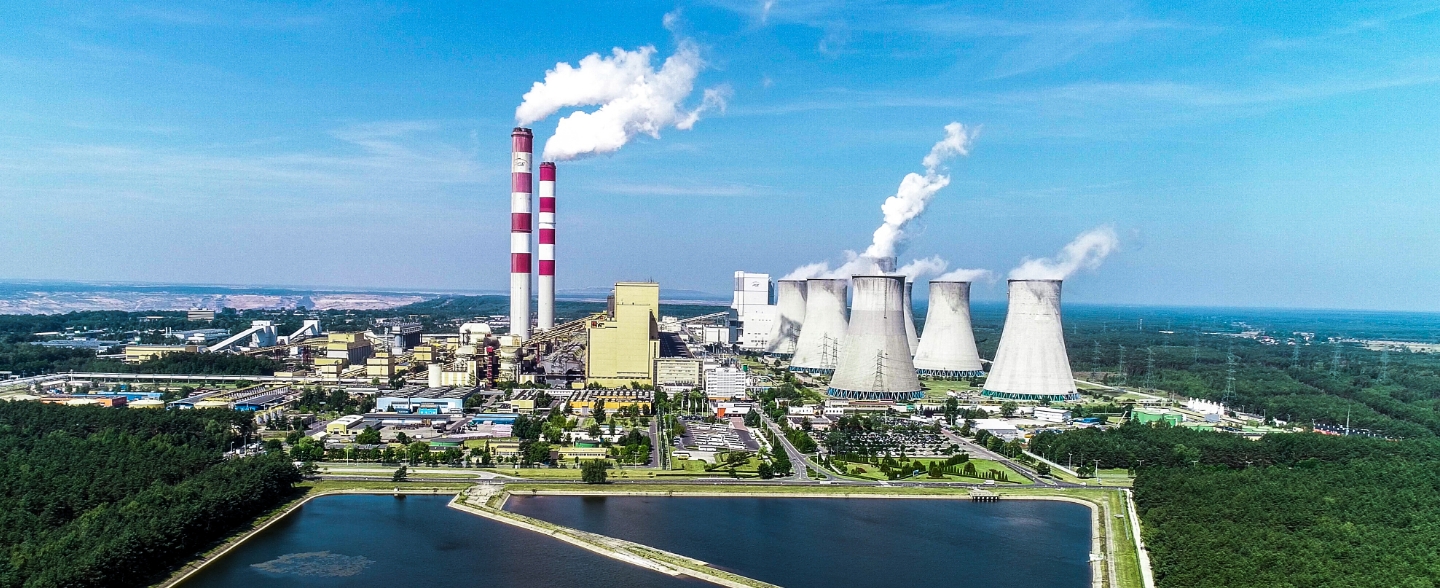
The combustion of lignite at the Bełchatów plant results in the production of combustion by-products: fly ash and furnace slag, and synthetic gypsum (as a product) as a result of flue gas desulphurisation. At present, the Bełchatów plant operates three landfills for non-hazardous and inert waste – the „Zwałowisko” and „Lubień” landfills, where ash-slag mixture is stored, and the „Rogowiec” landfill, where gypsum waste and partly waste from production that can no longer be recovered are stored.
Fly ash from ash removal processes in electrostatic precipitators is transported to retention tanks, where each has a working capacity of 1 800 m3 and is equipped with 1 or 2 loading sleeves depending on the type of tank and ash. The volume of ash which was not collected by external customers is directed to the suspension production and transport installation and is deposited in the „Lubień” landfill.
The second type of waste produced during the combustion of lignite is slag, which is transported hydraulically to the „Zwałowisko” landfill.
Ways to manage waste as well as quantities of waste generated at the Turów plant are in accordance with conditions defined in the valid integrated permit. The amount of waste generated depends on the investments made and the scope of operations carried out at the installation. In order to prevent the necessity of storing combustion waste at the landfill, this waste is transferred to the Turów lignite mine for recovery. This consists of filling in the areas that have been adversely transformed. The waste recovery process consists of mixing the combustion waste with mine overburden and then filling the post-mining excavation with the obtained mixture, in accordance with the conditions specified in the decision on waste treatment. The target area of the pit together with the internal heap, where the recovery of combustion waste from the power plant is carried out, will be developed in the direction of forestry.
The Opole plant produces by-products from fuel combustion (slag, fly ash), flue gas desulphurisation (synthetic gypsum), fly ash as waste (non-quality fly ash) and insignificant amounts of other waste from fly ash flotation (microspheres). These substances result from the operation of generating units 1 – 4 and new units 5 – 6.
Flue gas desulphurisation systems are operated on all generating units. Synthetic gypsum (as a by-product) is entirely collected by Knauf Bełchatów sp. z o.o. and PGE Ekoserwis. It was decided that the power plant will not carry out combustion by-products storage. All combustion by-products will be subject to economic use. The Opole plant has a combustion waste landfill, but due to the economic use of all generated combustion by-products, no waste has been deposited there since 2000.
At the Dolna Odra plant, mainly combustion waste called ash-slag mixture is generated, which is deposited at the combustion waste landfill located at the fuel combustion installation. Microspheres and sludge from the flue gas desulphurisation system are produced in insignificant amounts. Coal fly ash, which is considered a by-product, as well as synthetic gypsum are collected by PGE Ekoserwis.
The Rybnik branch transfers the generated combustion by-products to PGE Ekoserwis for further management. It should be emphasised that in 2021 the Rybnik plant did not produce ash, slag and gypsum classified as waste. Ashes and slag were produced only as by-products, while gypsum as a product.
Waste in mines
The reclamation and restoration of investment values of post-industrial sites is an integral stage in ending the extraction of energy minerals. The decommissioning of pits is aimed at making them usable and restoring them to the environment. The minerals accompanying lignite deposits play an important role in the sustainable supply chain of raw materials and materials. The management of associated minerals contributes to rational deposit management and protection of the earth’s surface. All waste generated that is not managed on the companies’ premises is transferred to external entities.
The Turów mine recovers combustion waste from the Turów power plant. Sewage sludge from domestic sewage treatment plants is a valuable fertiliser and soil improver and is used in the process of biological reclamation of post-mining areas.
The mine also carries out rational management of humus (removed as part of the preparation of the forefield), which is used as a sodding material and to protect the surface of the internal dump from excessive dust.
Storage and recovery of generated waste is carried out at the mine site. Waste is stored selectively, depending on its type, with preliminary separation of recyclable waste, in separate and adapted places, with a ban on mixing and in conditions protecting against penetration of harmful substances into the environment, access of unauthorised persons and animals, in appropriate containers or in bulk.
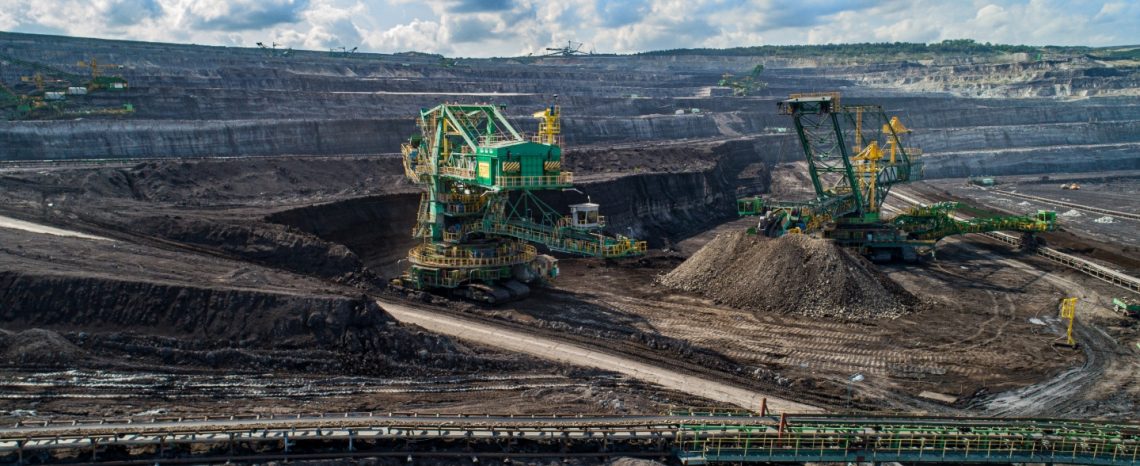

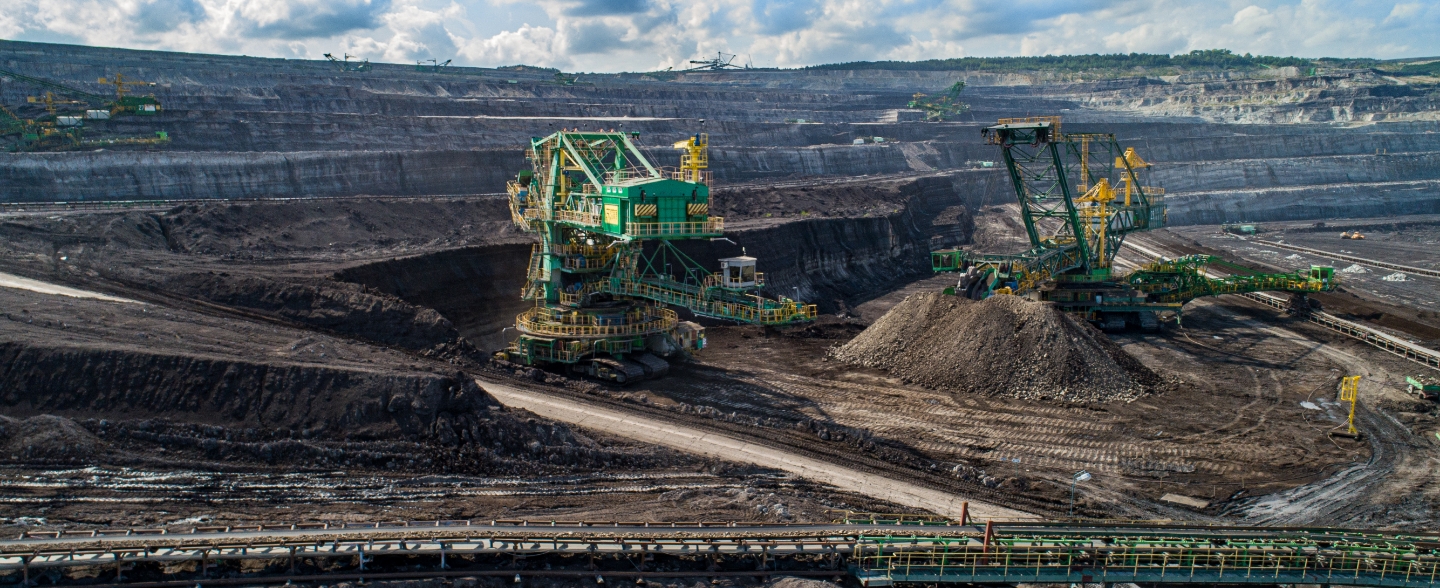
PGE Energia Ciepła
Most of the volume of post-processing waste is sent to external customers, either as waste or as a by-product. Once in a while there are situations when the volume of transferred waste is higher than the current volume, which is due to the transfer of waste to external customers from the previous period’s stock. When waste has no economic use, it is sent to landfills. In recent years, these quantities have been marginal in relation to the total outfall. Taking into account the regulatory context and processes of the transition of energy sources, a gradual reduction in the volume of post-process waste should be expected in the coming years.
PGE Energia Odnawialna
Waste in the operations of PGE Energia Odnawialna is limited. Waste is managed in accordance with the Waste Act, internal regulations and provisions set out in permits for the generation of hazardous and non-hazardous waste.
PGE Dystrybucja
In the case of PGE Dystrybucja, the amount of waste generated depended on the scope of operations carried out on the power grid, the occurrence of failures and the investments carried out.
Reducing the amount of waste generated in the distribution area is achieved, among other things, through the development of modern live-work technology, which allows the operation of the electricity grid to be carried out without having to shut down the lines supplying electricity, extending the life of the switching equipment.
